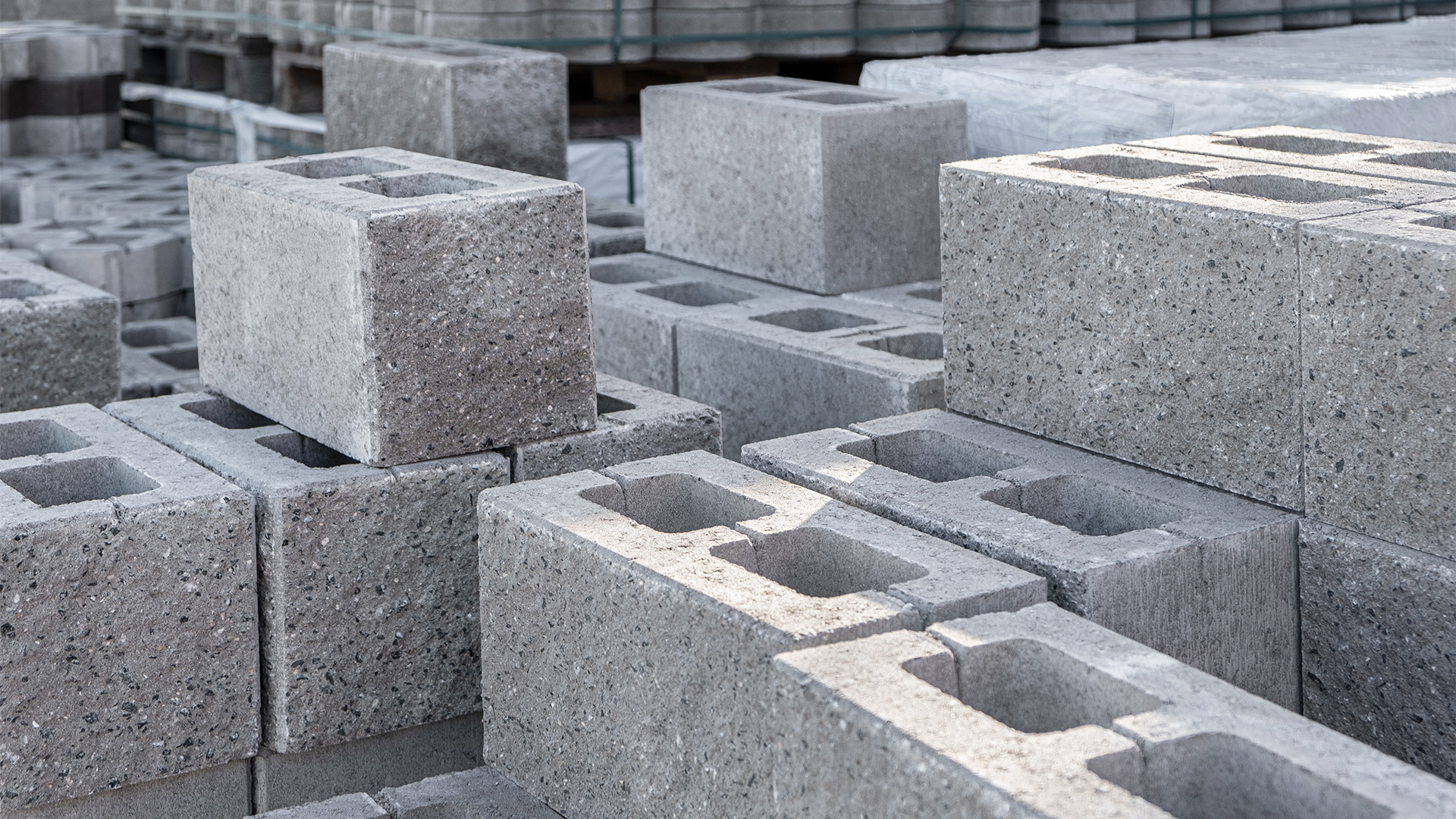The prospects for a better-than-expected December quarter GDP figure later today have risen with the Australian Bureau of Statistics revealing a much-improved current account surplus that could make a significant boost to growth.
The ABS is due to release the GDP data and December quarter national accounts later this morning.
The ABS said the December quarter’s current account surplus totalled $14.1 billion, up a massive $13.4 billion from the revised September quarter’s surplus of $753 million, which was originally reported as a deficit of $2.278 billion.
The increase in the current account reflected a rise in the trade surplus and a decline in the net primary income deficit.
The balance on goods and services (trade balance) rose $6.06 billion in seasonally adjusted chain volume terms in the December quarter which is expected to contribute 1.1 percentage points to the December quarter GDP growth, assuming no significant revision to September quarter GDP estimates.
That’s significantly more than the 0.2 percentage point detraction in the weak September quarter.
The ABS also said that from the quarter’s government financial data, “total public demand is expected to contribute 0.1 ppt to the quarterly change in GDP.” It was estimated at a negative 0.2% for the September quarter.
Retail sales data for December estimated that the fall in volumes in the quarter would cost GDP growth 0.2%.
Market forecasts are for a rise of 0.7% quarter on quarter, compared to 0.6% reported for the September quarter. The September quarter might change in a revision (but not by much) and some economists have lifted their quarterly forecast to 0.8%.
The Reserve Bank has forecast a yearly rise of 2.7% which would be down sharply from the 5.9% in 2021 (which was heavily driven by a pandemic spending boost).
The terms of trade rose 0.6% to 111.7, up from 111.1 (revised up from 110.4) in September quarter 2022 (when they slumped by a then record 6.6%, now 5.9%).
The net primary income deficit fell to $26.4 billion in the December quarter, following the record high deficit of $30.4 billion in September quarter 2022.
Grace Kim, the ABS’ head of international statistics, said in Tuesday’s release that, “Australia’s current account surplus was supported by sustained high commodity prices over 2022, with the value of mining commodity exports reaching over $400 billion for the year.”
“Exports of goods and services increased 3.0 per cent in the latest quarter, driven by rises in metal ores and minerals as constraints eased during the quarter; and travel services as the number of international students and visitors arriving in Australia increased.
“Imports of goods and services declined 3.1 percent. Fuels and lubricants as well as freight transport services drove the decrease, with falls in both prices and volumes for fuels and lubricants following the record level of imports in September quarter 2022.
“Imports of freight transport services fell as prices started to stabilise with the easing of supply chain issues that impacted global shipping throughout the year.’
…………
January was a weak month for Australian retailers, even though there was a lot of oohing and aahing from the market and investors on Tuesday about the apparently strong 1.9% rise in seasonally-adjusted sales for the month.
The bottom line is that Australian retailers failed to win back even half the huge 4% fall in sales in December which was revised up from the originally reported 3.9% slide. That came after a 1.7% rise in October.
Tuesday saw Harvey Norman indirectly confirm the weakness in January with an update that revealed it saw a 10% slide in sales in January, while rival JB Hi Fi said earlier in February it saw a sharp slowdown with its Good Guys whitegoods chain saw no growth at all in the month.
Ben Dorber, ABS head of retail statistics, said in Tuesday’s release, “The rebound in retail turnover in January followed a substantial fall of 4.0 per cent in December and a large rise of 1.7 per cent in November.
“Looking through this volatility shows that turnover is at a similar level to September 2022, and on average, growth has been flat over the past few months.
“November, December and January are the most seasonal months of the year, with retail activity heavily affected by the Christmas period and January holidays. This has been heightened by an increase in the popularity of Black Friday sales and growing cost of living pressures combining to drive a change in usual consumer spending patterns.”
The ABS said turnover rose in all industries, driven mainly by non-food industries rebounding from large falls in December, although cafes, restaurants and takeaway food services rose 1.2% to a new record high level following slowing growth in recent months.
Department stores saw the largest rise of 8.8%, followed by clothing, footwear and personal accessory retailing (6.5%), other retailing (2.9%) and household goods retailing (1.1%).
“The continued return of large-scale sporting and cultural events in January (test cricket, the Sydney Festival etc), combined with high costs reflected in prices, has boosted sales in catering services which are part of the cafes, restaurants and takeaway food services industry,” Mr Dorber said.
Food retailing had the smallest rise (0.3%).
The ABS said retail turnover rose across all states and territories, a reversal of last month’s falls across the country.
Sales were up an unchanged 7.5% from January, which is less than the current inflation rate.













